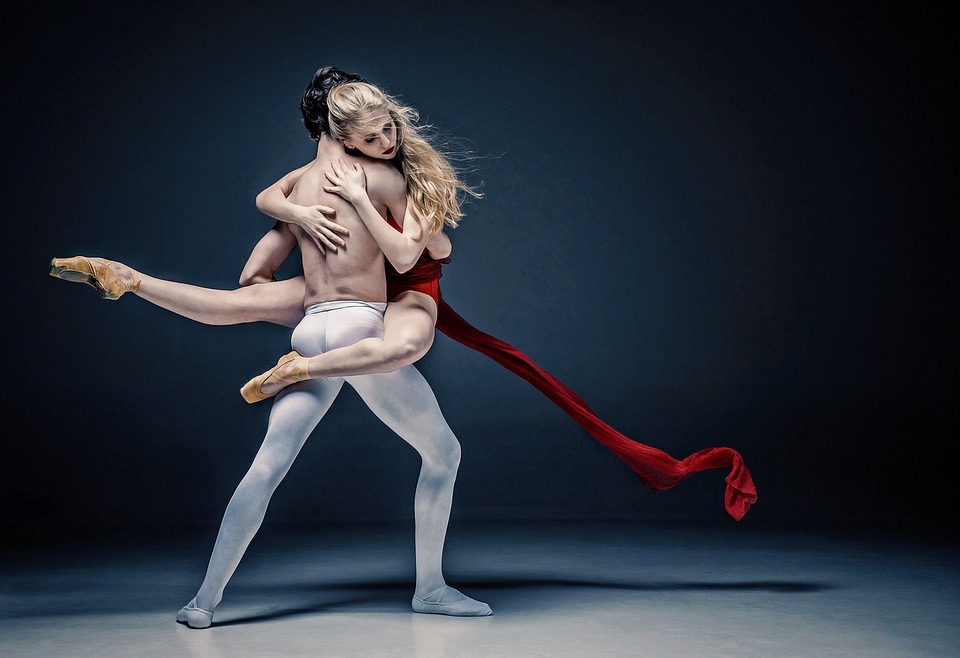A ballet is a theatrical entertainment combining the arts of dancing, stage design and music. It may either tell a story or merely depict an idea or mood.
As you can guess, the techniques of ballet were designed to display the human body in the most elegant and harmonious way possible. Although ballet technique is strict and the training is strenuous, the result on stage is natural and beautiful. It makes all the hard work that goes into learning ballet seem completely worthwhile.
So, let’s take a dive into the history of ballet.
The History of Ballet

Even though standing with more than 500 years of history, ballet is very young compared to dance itself. Stemming from Italy – about the time Columbus discovered America – the ballet was quite different then from what it is today.
Back then, the ballet was a court entertainment with which Italian noblemen amused themselves and their guests during lavish balls and banquets. Dancing, music, pantomime, poetry and drama were all combined. The first ballet dancers were the royalty and nobles of the court, since there were no professional dancers. The steps were modeled on the elegant and rather simple court dances of the day and the dancers did not wear the toe slippers worn by present-day ballerinas. However, dancing of this kind was not called ballet until almost 100 years later at the court of King Henry III of France.
Ballet in France

In 1581, Queen Catherine de Medicis ordered a grand entertainment to celebrate a royal wedding. The result was perhaps the most spectacular ballet ever seen. Thousands of people witnessed the lavish exhibition, a blending of dance, dramatic scenes, music and splendid scenery. Hundreds of dancers, singers and actors took part in portraying the goddess Circe and all of her friends and enemies. Huge machines and stage effects were moved about the room so that the audience, seated on three sides, could see them.
All this was the work of an Italian musician best known by his French name, Balthazar de Beaujoyeulx. He was probably the first choreographer or maker of dances, as we know the word today. He called his work Le Ballet Comique de la Reine (The Queen’s Comic Ballet) and ever since then, performances of this kind have been called ballets.
A surprising fact at that time was that King Louis XIV loved to dance. At the age of 13, he danced in the Ballet de Cassandre and he continued to dance until 1669, when he made his last appearance in Flore.
All of the ballets in King Louis’ time were elaborate and formal. They usually dealt with gods and goddesses. For a while, only members of the court danced in them, but the King soon got tired of their lack of skill. And so, he brought together professional writers like Moliere, Quinault and Benserade, the composer Jean-Baptiste Lully and the Choreographer Charles Beauchamp. To improve the dancing, he organized a Royal Academy of Dance in 1661. This was the beginning of today’s Paris Opera Ballet School.
This was how by 1681, France had her first prima ballerina, the leading lady in a ballet company. She was Mademoiselle Lafontaine. Ancient paintings show her to be lovely and very dignified in her long gown, her high-heeled slippers and plumed headdress. She danced the leading role that year in Le Triomphe de l’Amour (The Triumph of Love) with music by Lully.
Mademoiselle Lafontaine was one of the first of a series of virtuoso dancers, each of whom brought something new to ballet. For instance, you’ve got Marie Camargo who boldly shortened the ballet costume from ankle length to calk freely. She removed the heels from her slippers so that she could perform intricate steps like the entrechat – a quick crossing of the feet in the air.
Today, we looked at how ballet was introduced in France and next, we might move on to how ballet was brought in countries like England and Russia.

Leave a Reply